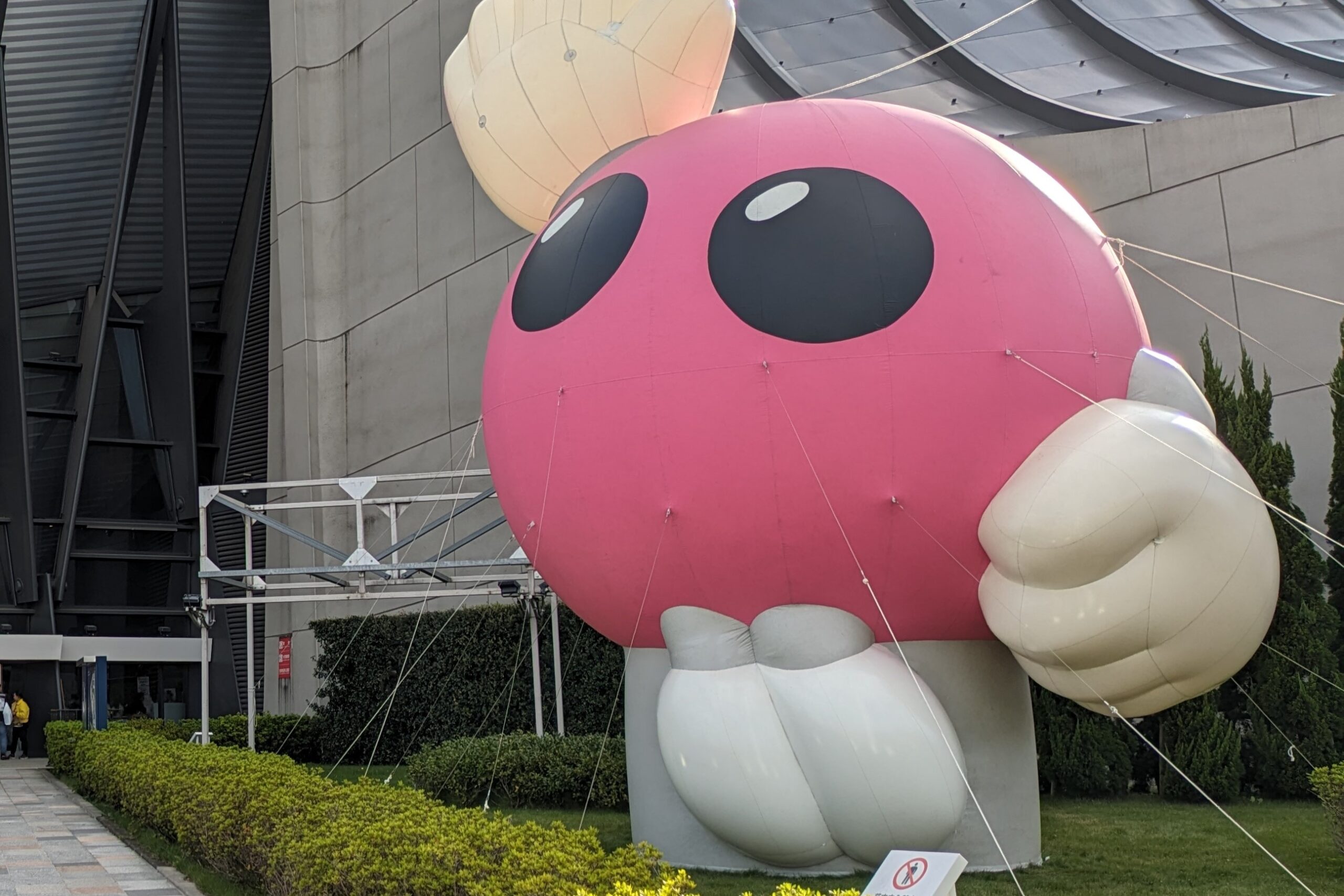Next are the boys.
The results of the finals are here
https://volleyballking.jp/article/20893/
First of all, the strength of Sundai Gakuen stood out.
I think that most of what they did was the same as at the top level, except that the opposite player was a defensive player who didn't hit back attacks. Even when the setter was in the front, the outside hitter in the back went in for back attacks from the right, always using the full width of the net and developing a fast-paced attack.
From there, depending on the situation of the opponent's blocker, the side attacker cuts in, or the middle uses a time difference, making for a variety of attacks. When the situation is bad, they also grab rebounds. In addition, their defense is solid with a total defense based on lead blocks. They also use data to take countermeasures.
They were too strong. I think the difference in strength in the finals was more than just the difference in points. Perhaps that's why the players looked more relaxed, and even in the middle of the third set when they were chasing, they looked more excited than the Higashi Fukuoka players. Sundai Gakuen really stood out as a complete team. It was on another level.
Takuma Kawano of Sundai was featured as the number one ace of his generation, but it would be hard to say that he was particularly outstanding throughout the tournament. Especially in the final, Sakurai Nobuhito, who was on the opposite side of him, was the top scorer, scoring more than 20 points with his spikes, serves, and blocks (which is why I personally wanted Sakurai to win the MVP award, but I guess it was out of the question for television, unfortunately).
In addition to these two, Sundai had five other attackers, including middle and opposite, who scored well and with a high success rate. Therefore, all opponents had a hard time lining up blocks against Sundai's attacks (it goes without saying that the good defense of libero Tanimoto was behind this).
As for the men's team, since the victory of Higashi Fukuoka led by Yuri Yanagikita in 2021, there has been no victory for a team with a big ace who mostly tosses the ball. Also, none of the teams that made it to the top four this year fit that description. In particular, the presence of a scoring middle blocker stood out on each team. Although it did not result in a point, the choice made by Sundai's setter Miyake at match point in the final was also quick.
Even in high school volleyball, it is no longer possible to win with overwhelming individual points alone. It is safe to say that the level has risen that much.
Other elements that bring you closer to the top level are the serve, block, and back attack.
In this tournament, the powerful jump serve by Sakurai of Sundai left a strong impression, but there are still not many high school players who can hit a strong jump serve, and the rate at which serve receives end up as an A pass seems to be higher than at the top level.
I feel like there are few teams that can do lead blocks. Time-delay attacks are still popular in high school volleyball, but I think the reason for this is that lead blocks have not yet taken root. If more teams were to do lead blocks on a regular basis, the overall tactics would change and the level would rise.
And the back attack. It still feels like a special move that only some players with scoring power can use, but I want other players to join in and always do synchronized attacks with four attackers. I want it to become the norm, especially in the national tournament.
Offensive jump serves, lead blocks, and four-person synchronized attacks were all depicted in "Haikyu!!" over 10 years ago. I hope that reality will quickly catch up with the world of "Haikyu!!".
By the way, I don't think there are any boys who can immediately contribute to the Japanese national team like Akimoto, but I think that Kawano from Sundai, who is 197cm tall, and Matsuda Yuto, who was a setter at Keio, who is 191cm tall, are both very promising players, so I'm looking forward to seeing their future.
It's a shame that Matsuda wasn't in top condition at this year's Spring High due to an injury. If he had been in top condition, I think he could have beaten both Chinzei and Toua and made it to the top four.
Kawano is planning to go to Waseda University and Matsuda to Keio University. However, Kawano has been decided to join the team as a training player. Matsuda, if he is looking beyond that, would be better off playing in a high-level environment as soon as possible. Personally, I think it would be very bad for him to end his time as a player at around 20 years old, when he is most likely to grow, only in the Japanese university league, so I hope he will have a good chance.
Anyway, I've been enjoying it since the beginning of the year. All the athletes who worked hard under a tough schedule (given the priority given to the TV station's schedule) were wonderful. Thank you for your hard work.
